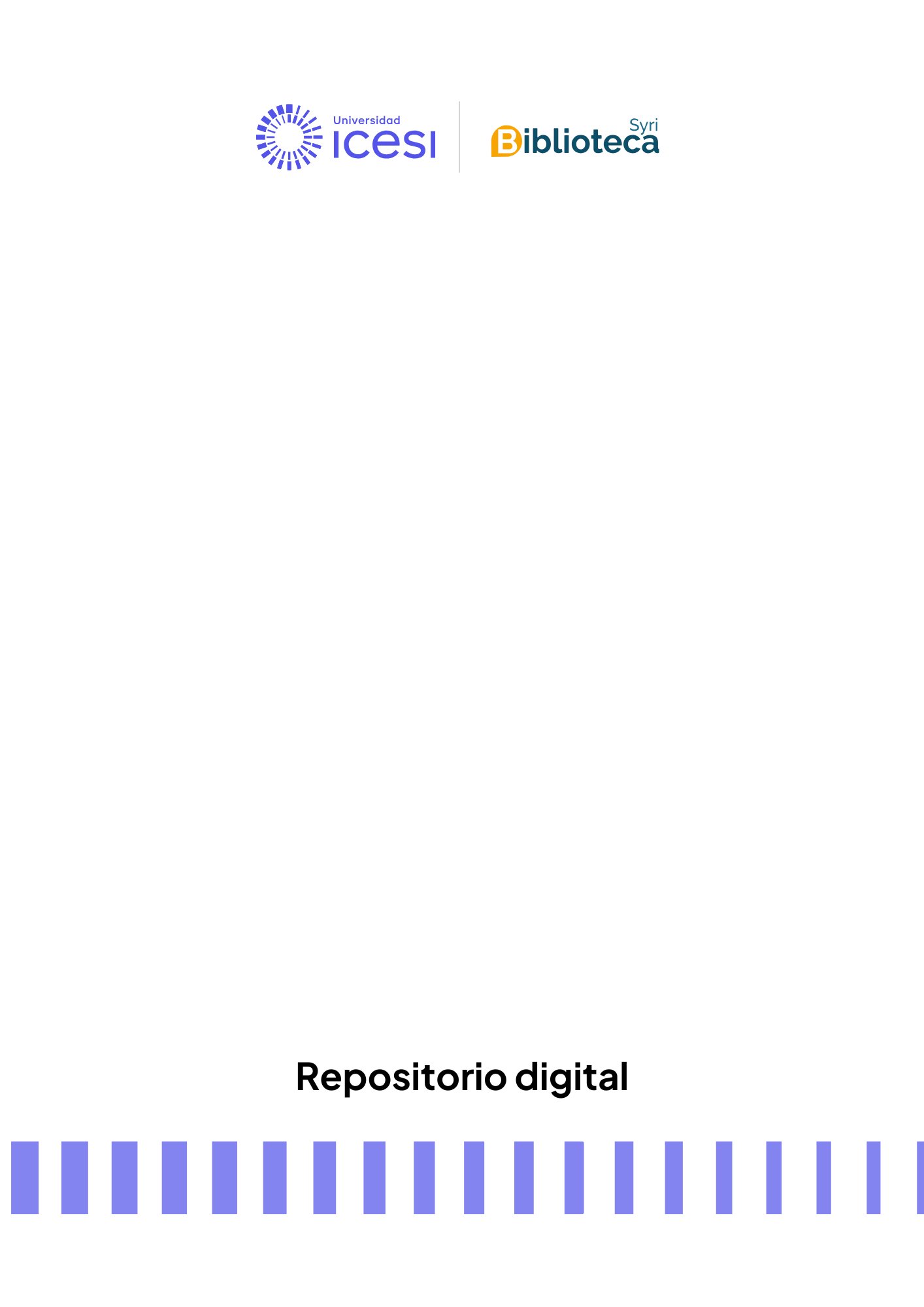The micro-dynamics of queuing: understanding the formation of queues

Archivos
Fecha
Autores
Director de tesis/Asesor
Título de la revista
ISSN de la revista
Título del volumen
Publicador
Editor
Compartir
Resumen
Most work in queuing theory is performed at an aggregate level, with linear models for which closed-form solutions can be derived. We are interested in creating a better understanding of how queues are formed by taking a bottom-up approach to their formation. We use a cellular automata framework to structure a set of agents who must choose which service facility to use. After using the facility, they update their expectations of sojourn time based on their own experience, and information received from their neighbours. On the basis of these updated expectations, they make their choice for the next period. We find that, after an initial transition period, customers mostly reach a quasi-stable situation, where the average sojourn time is close to the Nash equilibrium and social optimum, unless agents forget one of the facilities. We analyse different parameterizations of the agents' decision rules, and consider homogeneous and heterogeneous agent populations. © 2014 Operational Research Society Ltd.

